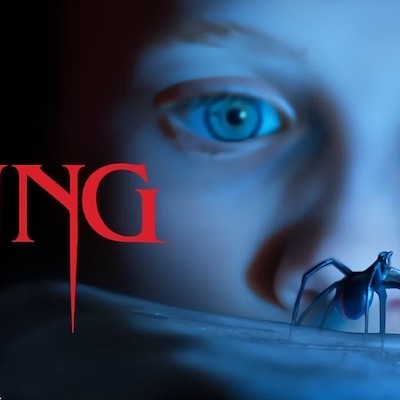While I was out at 8th Dimension Comics picking up the monthly selections for my regular round up column my eyes fell upon something that I couldn't believe had finally made it over to American shores; the Hyrule Historia.
Released in Japan in 2011, the Historia is one of the firsts of its kind, a video game world Bible. The massive and beautiful hardback from Dark Horse lays out the entire chronology of all the Legend of Zelda games that have so far been released.
No, not the CD-I games. Don't be that guy.
Nailing down how the various games connect with each other has always been a truly monumental task thanks to the strangely cyclical nature of series. To paraphrase from the ending of BioShock Infinite, there is always a boy, a princess, a dark lord, and the Triforce. Sometimes a familial connection is stated or implied, sometimes not. Locations repeat and change, kingdoms rise and fall, and names recur endlessly.
The Historia manages to take the sprawling myth and craft it into something that resembles a Time Life book (I mean this as a huge compliment). Did you know that Skyward Sword is actually the first game in the series, where as the original two NES games are chronologically the last? Even that isn't entirely accurate, as Ocarina of Time split the history of Zelda into two distinct futures.
Flashback Zelda at the Symphony is Truly Legendary
According to the Historia, in one of those futures Link failed in Ocarina, dying in the process. Zelda and the six sages are able to seal Ganon away in the Sacred Realm as a last resort in the war of binding mentioned in Link to the Past, and he would only dimly be able to manipulate events from their until the royal Hylian line was weakened enough to invade Hyrule in The Legend of Zelda.
Meanwhile, in the line where Link did defeat Ganon he returns to live his childhood and participate in the events of Majora's Mask and Twilight Princess, while a peaceful Hyrule eventually morphs into the aquatic world seen in Wind Waker. What's incredibly interesting about this revelation is that Nintendo acknowledges the fact that these parallel worlds exists. Does that mean that one day the Link who ended the curse of Zelda I in Adventure of Link might one day make contact with his counterpart from Spirit Tracks?
After all, the whole idea that began The Legend of Zelda was that a hero would unite past and future. The first game was supposed to have a future world as well, and the player would be the "link" between them. Having allowed a unified mythology to be officially recognized, you have to wonder what the plans are for the future of the series.






